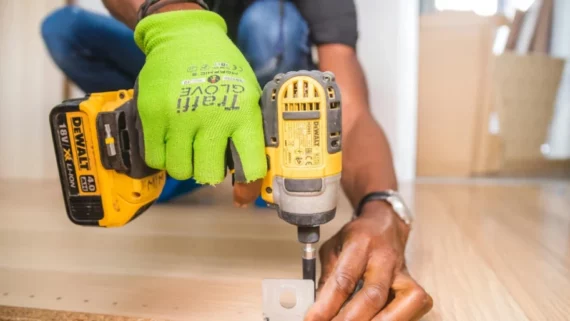Boots Before Briefcases: What the Field Knows That the Office Forgets
It was painfully cold—minus 40, wind screaming. Jeremy Desilets was up on a rig at 2 in the morning, frozen fingers gripping steel. One slip? Lights out.
That kind of pressure doesn’t fade. It rewires your instincts.
Today, Jeremy’s building national safety programs. But that frozen rig stays with him. Because when you’ve worked the job, safety isn’t a checklist. It’s in your bones.
Wisdom Worn into Calluses
Leaders like Jeremy, Martin Tanwi, and Jennifer Lastra didn’t start behind desks. They started in hard hats, learning safety the hard way. That gives them a kind of clarity you can’t teach in a boardroom.
They’ve patched broken gear with tape. Climbed ladders that shook in the wind. Shut down jobs when the sky looked wrong—even if it meant eating delays.
They’ve seen fear in a co-worker’s eyes and known it wasn’t just a fluke. It was a warning.
Meanwhile, some execs see incidents as numbers on a chart. They preach “culture” without knowing how it breaks. They write KPIs in comfort and miss the signals the field sees plain as day.
Field-Born Truths You Won’t Find in a Manual
Safety runs deeper than rules. Jeremy remembers the bosses who asked how he was feeling—not just how he was working. That kind of leadership? It sticks.
Silence is dangerous. Dr. Johanna Pagonis teaches psychological safety for a reason: fear of blame means people hide problems. That’s how accidents happen.
Trust beats training. When Carolynne Heron stepped into safety leadership, she didn’t come with a toolbox—she came with empathy. Workers trusted her, and that trust saved lives.
Experience isn’t armor. Martin Tanwi warns his team: “Being experienced doesn’t make you bulletproof.” He’s seen pride turn into risk. He coaches before it becomes tragedy.
Tech helps—but it’s not the fix. Jennifer Lastra, a Navy vet and VR safety innovator, puts it plain: “You can’t train away a broken culture.” She’s using tech to simulate high-stakes moments—because lived experience teaches like nothing else.
The Gap That Gets People Hurt
When leadership doesn’t understand the job, things go sideways. On paper, everything looks fine. But in the real world? Forms get filled out blind. Hazards get skipped. People get hurt.
It’s not laziness. It’s distance. And distance is dangerous. Want to close the gap? Get out there. Ride along. Show up early. Ask dumb questions. Ask smart ones, too. Forget the script—listen instead. Sit down in the lunchroom and say, “What’s the closest you ever came to not making it home?”
You’ll get answers that change how you lead. Because the best safety culture — It’s not written. It’s remembered. It’s lived. It’s passed down by the folks who’ve stood in the danger and still show up the next day. You don’t need a hard hat to earn their respect. But you do need to listen like you’ve worn one.






























